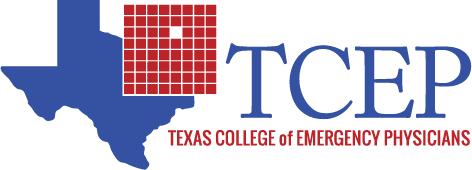An Overview of TIME: Trafficking In Medical EducationBy Kendall Wallace, second-year medical student at TCOM in Fort Worth. The words “human trafficking” usually evoke images of the underground, transcontinental, violent, and predominantly sexual exploitation of young women and children. In essence, the average person’s education on the broad topic of human trafficking extends no further than Liam Neeson’s 2008 film, Taken. According to the U.S. National Human Trafficking Hotline,1 however, there were 2,455 victims in Texas alone in 2019, and a staggering 22,326 trafficking victims nationwide. As these numbers reflect only contacts made to the hotline, it is likely that the true number of victims is far underrepresented in these statistics. Victims can be of any age, race, and gender, and human trafficking occurs in a variety of insidious forms: sexual exploitation, forced labor, debt bondage, and state‑imposed involuntary servitude. Consequently, these victims can present in many ways with a wide range of chief complaints. Patients presenting with: the inability to answer simple questions such as current address, accompanying chaperones that seem overly involved, no form of identification, injuries that are inconsistent with provided explanations, suspicious tattoos/brands, multiple or recurrent STIs, and malnutrition are just a few examples of potential red flags to be mindful of. The Polaris Project has stated that the “majority of human trafficking survivors had some contact with the health care system during the time they were being exploited.” Emergency Medicine physicians therefore possess a unique opportunity to recognize and aid human trafficking victims who present as patients. Given the shocking prevalence of human trafficking both in the United States and worldwide, it is striking that human-trafficking education is not part of primary or continuing medical education. This gap in training is especially troubling in light of what we know about the number of active victims who will interact with the healthcare system. This is where TIME comes in. TIME—Trafficking In Medical Education—is a nonprofit organization that focuses on incorporating human-trafficking education into the medical professions. TIME President and Co-Founder, Jake Freudenberger, states that TIME was “born out of frustration that we as medical personnel are not being equipped with the knowledge to identify and help these victims. . . . Join us in the fight to end human trafficking. The TIME is now.” Through research, trainings, and outreach, TIME aims to equip all medical professionals with the knowledge required to identify and assist human trafficking victims that present in the healthcare realm. Visit https://www.traffickinginmeded.com to read more about the founding of TIME, watch our most recent trainings, donate, and learn about how to become involved with and support TIME. Questions and general inquiries can be made at [email protected]. 1 The U.S. National Human Tracking Hotline is operated by Polaris Project. The Polaris Project data is available at https://polarisproject.org. |
